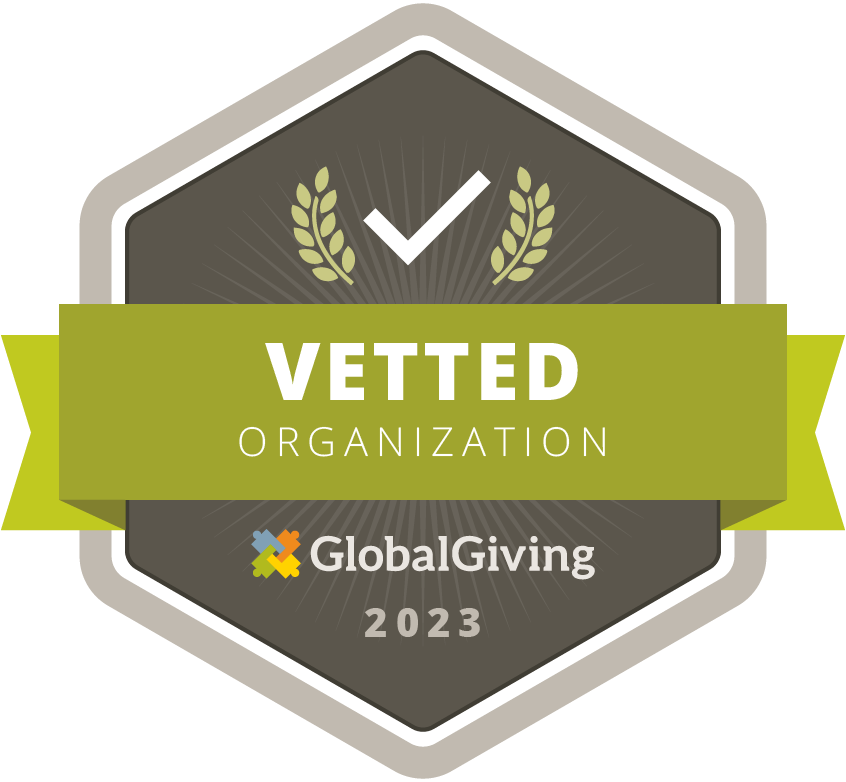As autumn leaves fall and winter’s embrace tightens, the impact of Seasonal Affective Disorder (SAD) becomes more pronounced. Recently I sat down with my friend Nicholas, and we talked about some of the struggles of SAD together. Nicholas and I have known one another for years. In full transparency – which he asked me to provide – Nicolas suffers from SAD, Anxiety, and Alcoholism since a very young age but currently operates within a well-structured therapy program as well as taking an active part in alcohol treatment programs. He often reflects on how these seasons affect his mood disorder leading to other struggles if he isn’t careful. Recently, we explored the profound insights provided by Give an Hour’s Five Signs of Emotional Suffering as a tool to recognize the symptoms of SAD and other various forms of Emotional Suffering. This tool works in many aspects when it comes to mental health and well-being and today, we sat down to discuss some of Nicholas’s behaviors through these five signs.

Personality Changes: The Unseen Shifts
In the realm of SAD, personality changes are like subtle seismic shifts beneath the surface. According to Johns Hopkins Medicine, approximately 10-20% of people may experience mild SAD, while 4-6% may have severe symptoms. The change in seasons can disrupt the delicate balance of neurotransmitters in the brain, leading to alterations in mood and behavior.
Nicholas shares his experience and how he notices a gradual shift in his behavior, saying, “It’s like someone pressed a dimmer switch on my usual self. The change from vibrant fall colors to grayscale and I start to become more introspective” These shifts often go unnoticed, but they serve as early warning signs. Recognizing these changes is pivotal in early intervention and seeking support, preventing the progression of emotional suffering into a full-blown depressive episode.
Give an Hour’s tool encourages individuals and their loved ones to pay attention to these unseen shifts. It’s not just about feeling “a bit down;” it’s about recognizing when the core aspects of one’s personality start to alter. By acknowledging and addressing these early signs, individuals can take proactive steps to manage their emotional well-being.
Uncharacteristically Angry, Anxious, or Moody: The Emotional Storm
Uncharacteristic displays of anger, anxiety, or moodiness are like thunderclouds gathering on the horizon of one’s emotional landscape. Johns Hopkins indicates that women are affected more often than men, with a ratio of about 3:1. The hormonal fluctuations and neurotransmitter imbalances associated with SAD contribute to heightened emotional responses.
Nicholas confesses, “I find myself getting irritable over the smallest things – just a small storm brewing.” This emotional storm, while seemingly unprovoked, is a manifestation of the internal struggle with the changing seasons. Understanding the gendered impact of SAD allows for tailored support, addressing the emotional storms that may be “brewing” within.
Withdrawal or Isolation: The Solitary Retreat
Withdrawal and isolation are like a self-imposed exile from the world. Johns Hopkins notes that SAD usually starts during adulthood, with an increased risk as individuals age. The decrease in sunlight triggers an overproduction of melatonin, contributing to fatigue and a desire to retreat from social interactions.
Nicholas vividly describes this aspect of his experience with SAD, saying, “I often feel the need to retreat, to be alone with my thoughts which turns into isolation.” This withdrawal can exacerbate the impact of SAD, emphasizing the importance of breaking the cycle through connection and support. Social engagement becomes a crucial component of managing and mitigating the effects of SAD. Which works for Nicholas and the program he is involved in, which includes peer support.

Neglect of Self-Care and Engaging in Risky Behavior: The Silent Signals
Neglecting self-care and engaging in risky behavior are silent signals that underscore the desperation within. Johns Hopkins suggests that individuals with a family history of mood disorders may be more prone to SAD. The disruption in circadian rhythms and the impact on sleep patterns contribute to a sense of lethargy and apathy towards self-care.
Nicholas opens up about how SAD often leads to neglecting self-care. “It’s like I forget to take care of myself, there was a bad period where I hadn’t showered for days – I think you may have told me to go take a cold shower” he admits. And he’s right – I did. Recognizing these signals becomes a lifeline, guiding individuals toward healthier choices and self-care practices to navigate the challenging terrain of SAD.
Overcome with Hopelessness and Overwhelmed: The Desperate Struggle
The fifth sign, overwhelming feelings of hopelessness, is akin to being lost in a dark abyss. Johns Hopkins emphasizes the importance of early diagnosis and treatment, as depression often coexists with other conditions. The cyclical nature of SAD, with symptoms recurring each year, can lead to a sense of inevitability and despair.
Nicholas poignantly shares, “This is where I feel like I’m trapped in a dark tunnel with no end in sight. And if I’m honest – it’s the hardest on me” Addressing this desperate struggle requires a comprehensive approach, combining therapies, light exposure, and, in some cases, antidepressants. Recognizing the patterns of recurrence allows for proactive measures, helping individuals navigate through the darkest moments.
As we dove into the nuanced landscape of Seasonal Affective Disorder, the Five Signs of Emotional Suffering become guideposts in the collective journey toward healing. Nicholas’s story, intertwined with these signs, serves as a testament to resilience and the transformative power of awareness and support. Nicholas didn’t necessarily use this tool in his recovery – however, “Ryan, this sheet is very INFORMED and AWARE.”
And there it was – “informed.”
I continue to explain to Nicholas the power behind Give an Hour tool’s as being created from a listen, lean in, learn, and lead. The evidence based – trauma informed tools.
Incorporating statistics from Johns Hopkins enriches Nicholas’s narrative, providing a broader context and reinforces the urgency of recognizing and addressing the symptoms of SAD in everyday life. SAD is not a niche concern; it’s a widespread challenge that requires a multifaced understanding.
Thank You to Nicholas for your transparency, informed experience, and helping us all to learn every day.
To learn more about recognizing emotional suffering and finding support, visit Give an Hour Resources and Tools or read about the Five Signs of Emotional Suffering.
Ryan Young
Marketing & Social Media Manager




